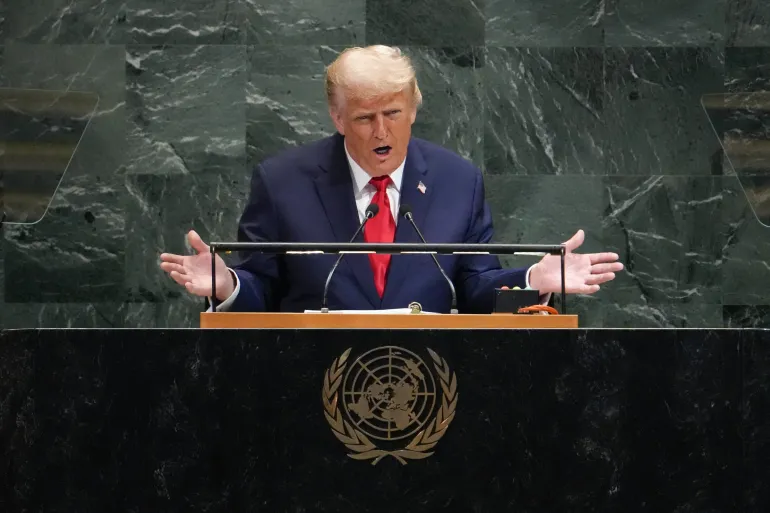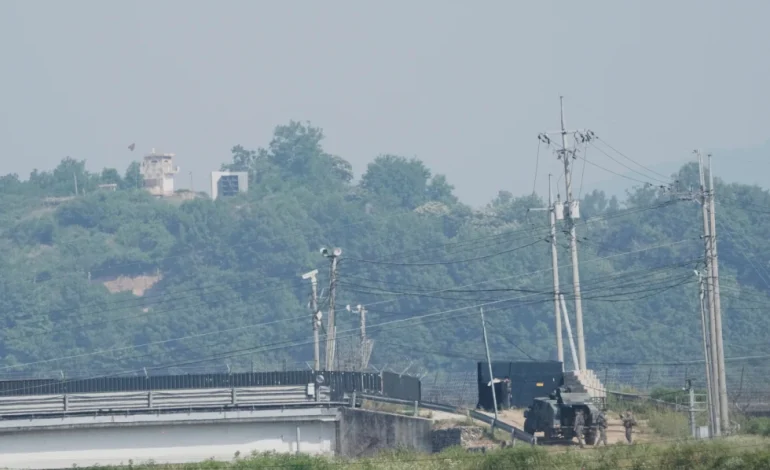A South Korean man hiking near the heavily fortified border accidentally crossed into North Korean territory early yesterday, authorities said, attributing the incident to dense fog that impaired visibility.
The hiker, in his 60s, became disoriented as he trekked a path that skirts the Korean Demilitarized Zone (DMZ). He was discovered later by North Korean border guards, who escorted him back to the South through a checkpoint. South Korea’s military confirmed the return of the individual and stated that an investigation is under way.
This incident underscores the hazards posed by the fog-prone terrain along the DMZ, which spans approximately 250 kilometers across the Korean Peninsula. South Korean officials said they are reviewing hiking protocols and considering the installation of additional warning signs to prevent future border incursions.
Neither side reported any security breach or tension following the return of the hiker. Diplomatic channels remained open, and North Korean authorities handed him over without incident.
Local authorities have also reminded walkers and trekkers to check weather conditions and avoid border-adjacent routes during periods of limited visibility to ensure safe hiking experiences.
With input from AP News.










The latest news in your social feeds
Subscribe to our social media platforms to stay tuned